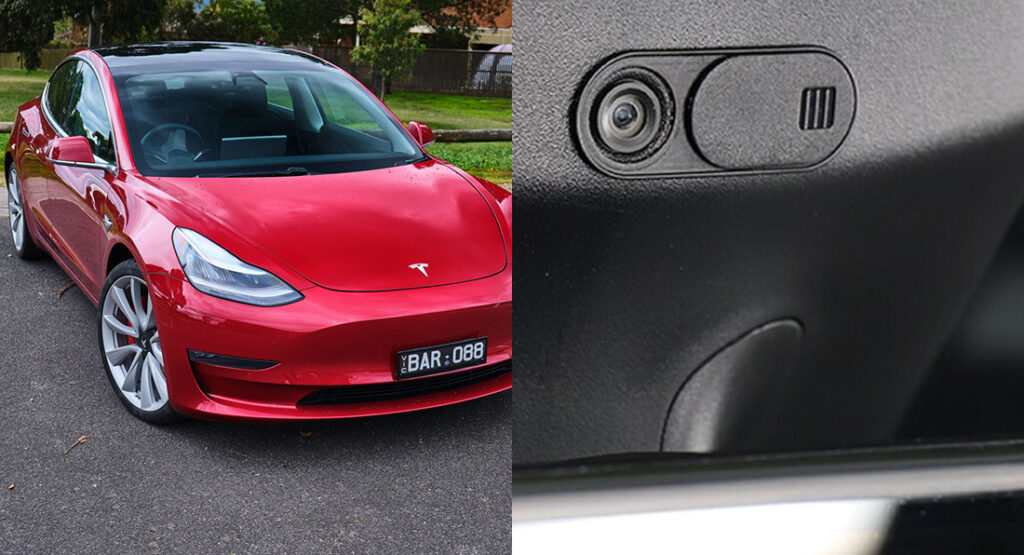Drowsy driving is an often overlooked problem on roadways and Tesla is aiming to improve safety through a new system. It just launched a Driver Drowsiness Warning that uses a cabin-facing camera to watch for signs that the driver is drowsy. The system goes as far as to watch specifically for yawns and blinks to determine alertness.
Driver drowsiness tech is nothing new in the automotive industry as a whole. Many mainstream companies also employ just such a system. In most cases, the car determines alertness or drowsiness based on irregular inputs to the controls by the driver. Tesla’s system goes a step further by utilizing the cabin-facing camera.
As mentioned, it watches for yawns and drowsy blinking patterns. When drowsiness is detected, it sends an alert to the dash that stays there until those patterns are no longer present. As one might expect, it suggests that drivers take a break and perhaps get some rest.
More: Man Who Tricked Tesla Into Giving Him Five EVs Without Paying Gets 4 Years Prison
Notably, drivers can disable the feature if they so choose by navigating through the Controls menu. Nevertheless, turning it off isn’t a persistent change and the system will re-engage at the start of the next driving session.
First discovered by hacker @greentheonly, the system also won’t engage if the car is in either Autopilot or Full Self-Driving mode. Finally, it will only engage to begin with after the car is driven over 40 mph (65 km/h) for at least 10 minutes. Interestingly, a drowsy driving alert will turn off if the car travels below that speed.
This isn’t the very first use of the in-car camera by Tesla. It’s leveraged that system to watch for distracted driving since 2021 and watches for drivers who take their eyes off of the road or who hold a mobile device before sending an alert to pay more attention.





